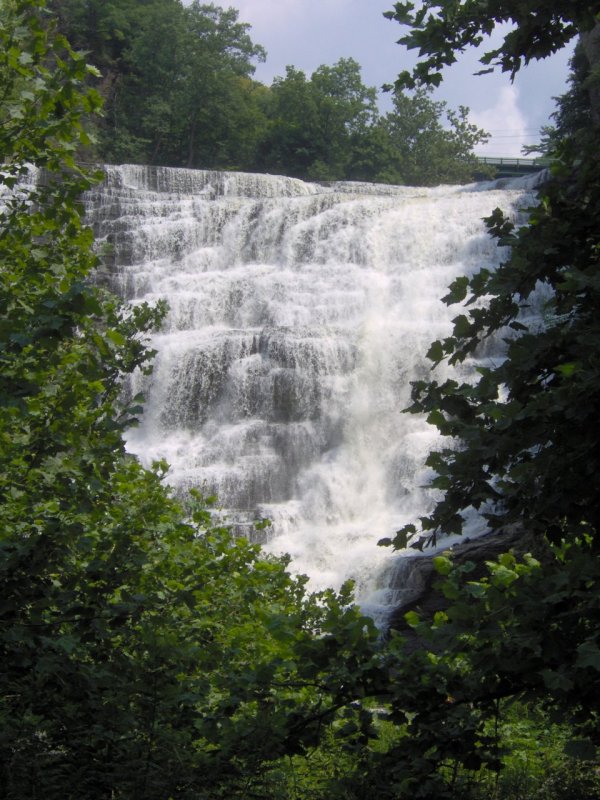Global Warming Melts Bolivian Glaciers
On the occasion of the formal start of the terms of the Kyoto Protocol, MSNBC has had a large number of good articles recently about the environment. Here is a good slide show about the warning signs of global warming (in the upper right-hand corner).
This article by Charles J. Hanley discusses the consequences of glaciers melting in Bolivia. Not long ago, Bolivia boasted downhill skiing on the Chacaltaya Glacier, an hours drive from La Paz. But Edson Ramirez, a Bolivian glaciologist said that the glacier has lost two-thirds of its mass in the 1990s alone, and is now probably a mere 2 percent the size it once was. Besides the loss of recreation, the disappearance of glaciers in South America is threatening water supplies: La Paz gets most of its water from the glacier, and in Peru, 70 percent of the power comes from hydroelectric dams catching runoff from glaciers that may be gone within a decade.
The disappearance of glaciers is a worldwide phenomenon:
They’ll disappear far beyond Bolivia. From Alaska in the north, to Montana’s Glacier National Park, to the great ice fields of wild Patagonia at this continent’s southern tip, the “rivers of ice” that have marked landscapes from prehistory are liquefying, shrinking, retreating.
In east Africa, the storied snows of Mount Kilimanjaro are vanishing. In the icebound Alps and Himalayas of Europe and Asia, the change has been stunning. From South America to south Asia, new glacial lakes threaten to overflow and drown villages below.
Although global warming is certainly a factor in the melting of glaciers, the details can be complex:
A warming Pacific Ocean has created disruptive El Nino climate periods more frequently and powerfully, reducing precipitation, including snows to replenish glaciers. Less snow also means glaciers that are less white, more gray, absorbing more heat. Newly exposed rock walls then act like an oven to further speed melting.



0 Comments:
Post a Comment
<< Home